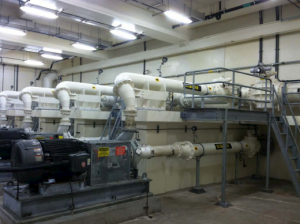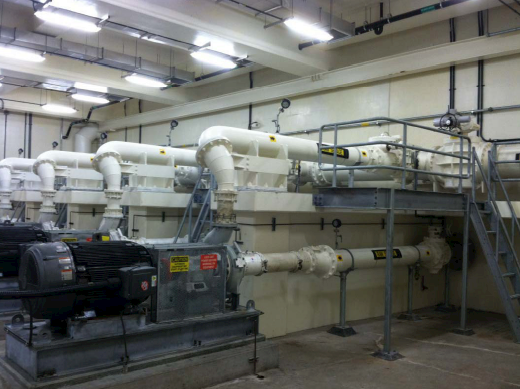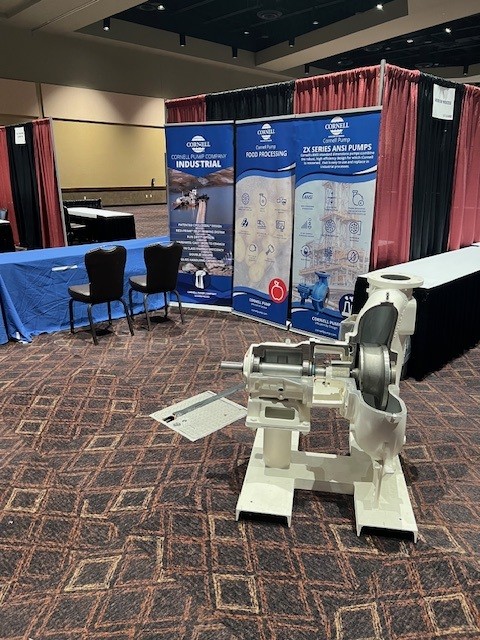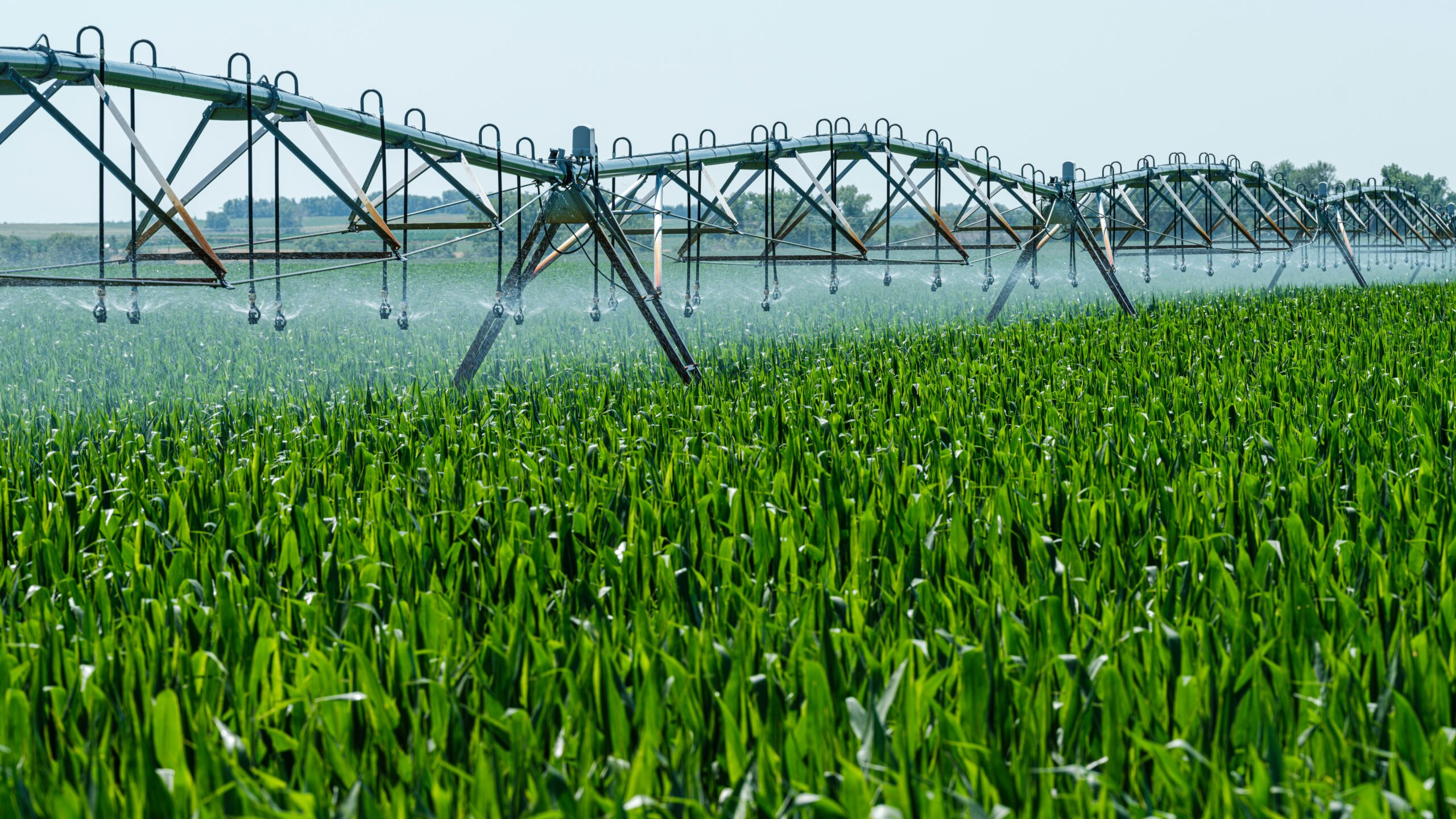 Cornell and partners tested various Cornell cutter variations to help alleviate ragging; new hybrid cutter—auger worked best.
Cornell and partners tested various Cornell cutter variations to help alleviate ragging; new hybrid cutter—auger worked best.
 A Southwest Washington water district started a waste water management system to address the needs of 77,500 residents. The system has a pump station with 18.4 mgd capacity at 200’ TDH.
A Southwest Washington water district started a waste water management system to address the needs of 77,500 residents. The system has a pump station with 18.4 mgd capacity at 200’ TDH.
Shortly after being placed in service in December of 2008, the station experienced daily ragging that caused capacity to degrade from approximately 3,750 GPM to around 2,900 GPM. That flow decrease shaved more than 1.2 million gallons of operating capacity per day. The system was paying the same energy cost to pump less liquid though, effectively increasing costs. Material was also accumulating in the wet well.
The system operator tried fixes such as operating at different speeds and different operating levels. They changed the pump order, and institute a self-cleaning cycle. None of the fixes stopped the ragging, though. The station was taken offline in April 2009, and operated seasonally. In that capacity it had to be deragged twice a day, seven days a week; costing four hours of staff time per day.
Cornell won the 2012 Pumps & Systems Innovative Product of the Year for our cutter pump technology. The original design of the cutter was placed in the system in 2012. While the cutter reduced some of the issues and increased the flow rate, the eye of the impeller was still getting clogged more frequently than the system operator wanted.
Cornell got to work creating more than half a dozen prototypes designs for new cutters to deal with the plugging of the impeller eye; there was not enough vane geometry to guide the flow of solids into the impeller passageway. Ultimately, the solution was using the stationary cutter from the original cutter system, and adding a hybrid cutter—auger that extended impeller vanes all the way to the center, while using the auger as cutter of the ragging material.
The new cutter—auger design reduced capacity somewhat, but kept a consistent flow rate throughout the day. Ragging events were reduced more than ninety percent. The municipal water district is looking at retrofit other pump stations, in order to reduce ragging events.




